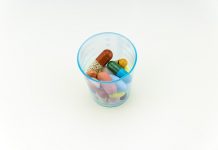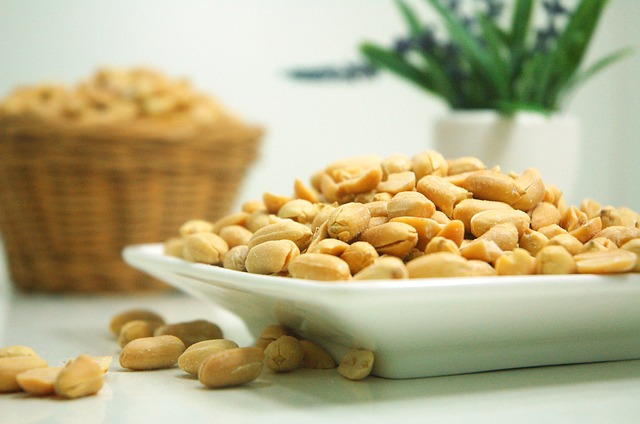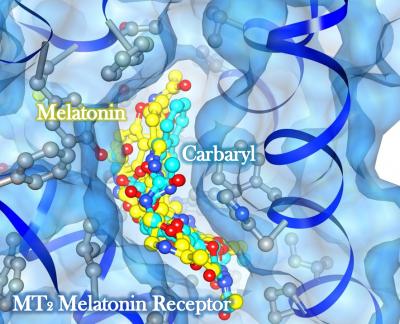Just as the milkman disappeared from America�s cultural horizon, the consumption of milk seems to be evaporating, replaced by more � and more super-sizing � soda drinkers.
A study by University of North Carolina researchers finds that the amount of energy that Americans obtained through soft drink consumption has tripled between 1977 and 2001, while energy from milk has dropped.
Those new patterns may be contributing to the current wave of obesity and altering the nutritional intakes for many Americans.
"Overall, energy intake from sweetened beverages increased 135 percent and was reduced by 38 percent from milk," say Barry M. Popkin, Ph.D., and Samara Joy Nielsen, B.S., of the University of North Carolina at Chapel Hill. "This trend was mainly driven by the large increase in soft drinks consumed by children and younger adults."
These results may even be underestimates, says Popkin, given the likelihood that people tend to underreport how many sodas they really drink.
Continue Reading Below ↓↓↓
Their research appears in the October issue of the American Journal of Preventive Medicine.
Per-person intake of calories from soft drinks nearly tripled, from 50 to 144 calories a day between 1977 and 2001, Popkin says. Energy from fruit drinks doubled from 20 calories to 45 calories.
Over the same time, energy intake from milk decreased from 8 percent to 5 percent for all age groups, or from 143 calories to 99 calories.
"This decrease cannot be attributed to lower-fat items because both calories as well as ounces decreased," he says.
The largest drop in milk consumption came among 2- to 18-year-olds. Milk declined from 13.2 percent of their total energy in 1977 to 8.3 percent in 2001. Their soft drink and fruit drink consumption doubled, as well.
Other age groups showed similar trends, Popkin says. Soft drink intake was highest among 19- to 39-year-olds, while the over-60 crowd guzzled three times their earlier quantities of soft drinks.
Trends were also affected by supersizing.
"Sweetened beverage portion sizes for every age group, at home as well as at fast food and restaurant locations, increased significantly over time," he says.
Calories from sweetened beverages consumed at meals doubled, while energy from milk drunk at meals declined by 35 percent.
Drinking less milk reduces intake of other nutrients, like calcium and vitamin D, as well as calories, Popkin worries.
Continue Reading Below ↓↓↓
The study was cosponsored by the National Institutes of Health and the National Dairy Council.
Source: HBNS/Center for the Advancement of Health











